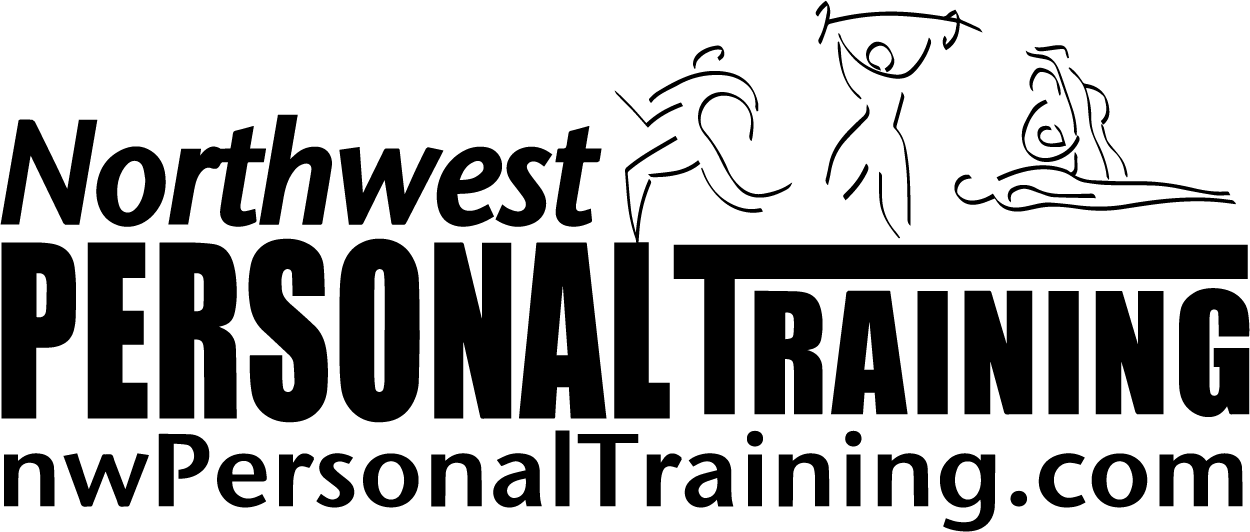 Gardening Without the Aches & Pains
Gardening Without the Aches & Pains
Gardening is in full swing but many zealous gardeners are often left limping and in agony the day after. Why does this happen – it is only gardening after all? Since many of us view gardening as a peaceful activity, it’s hard to imagine that it’s actually an athletic activity requiring muscle endurance, strength and flexibility.
But if you break gardening down into its most fundamental movements, you’re basically pulling, pushing, bending, squatting and lunging the entire time. It really is a weight-training workout minus the dumbbells.
And on top of all this, many of us get carried away with trying to create our ideal garden visions and finish the job the very first day out and end up spending way too much time in our flowerbeds. And it only gets worse as we get older and our tissues don’t seem to be quite as limber as in our younger years.
You see daydreaming about and planning your ideal garden is not enough preparation for this recreational pursuit. Gardening is generally great exercise for about 8 months of the year depending on where you live, but it’s the 4 months of inactivity in between that will prove to be very painful as you ease back into your hobby. And although you may have no desire to run a marathon or enter a body building competition, you can certainly be in good enough shape to garden comfortably. The secret to success is getting your body ready for gardening and gardening wisely.
Preparing your body for gardening means staying physically active all winter. So be proactive and make a winter plan of exercise and keep moving.
Walking, swimming, hiking, snowshoeing, fitness classes, indoor cardio machines – these are all great ways to maintain your health all year long and minimize the muscle and joint aches and pains come spring.
But you’ll have to commit to more than just aerobic exercise. You’ll want to try to mimic the bending and lifting associated with gardening as often as possible in your day-to-day life. You can keep these movements as part of your life by squatting to pick up children, performing household chores that require you to move and lift furniture, or even placing high-use items like pots & pans, laundry detergent etc. on lower shelves so you regularly have to bend to access them.
A good weight training routine at home or at a gym incorporating activities like squats, lunges, assisted chinups, rows, push ups and presses is an excellent way to keep your muscles strong and adequately prepared once the spring gardening bug bites.
Before each day of gardening begins, go for a walk around the block first just to get the blood flowing through your limbs. Then perform a couple easy, mild squats, forward and backward bends and twists to warm up your joints.
While in the garden, you can also limit the stress and strain of staying in certain positions for extended periods of time by regularly rotating through two or three jobs that require different activities and postures. For example, alternate, in 10-15 minute intervals digging with pruning or weeding with edging and mowing. Remember to bend and lift using your legs instead of your back and always keep your abdominals contracted. And remember to take regular breaks – remember Rome wasn’t built in a day!
Finish your day sitting on a bench, performing a variety of the following easy, static stretches and admiring your beautiful masterpiece.
Seated Rotation:
Sit in a chair with perfect upright posture and abdominals contracted. Now slowly rotate in one direction and hold. Repeat to the other side.
Seated Hamstring Stretch:
Sit on a chair with one leg straight out in front of you and the other bent. Slowly bend forwards at the hip while keeping your back in a neutral position until you feel the stretch in the back of your leg. Hold the stretch for a 30 second minimum. Repeat on the other leg.
Seated Hip Stretch:
Sit on a chair with one leg bent over the other so one ankle rests on the opposite thigh. Now slowly press downwards on the bent leg until you feel a light stretch on the outside edge of your hip. Hold for a minimum of 30 seconds.
Standing Hip Flexor Stretch:
Face away from a chair and position your right leg up on the seat. Stand with good posture as you slowly press the right hip forwards. At the same time reach your right arm up and towards the mid-line of your body. Hold for a minimum of 30 seconds each leg.
Standing Quadriceps Stretch:
Stand on your right leg while holding the left heel towards your buttock – hold onto the chair for balance. Standing perfectly upright, press the left hip forwards while keeping the upper thigh perpendicular to the floor. Hold for a minimum of 30 seconds each leg.
Standing Back Stretch:
Place your hands onto your buttocks and slowly arch backwards looking up towards the ceiling. Hold for 15 seconds x 4.
Yours in health & fitness,
Sherri McMillan
